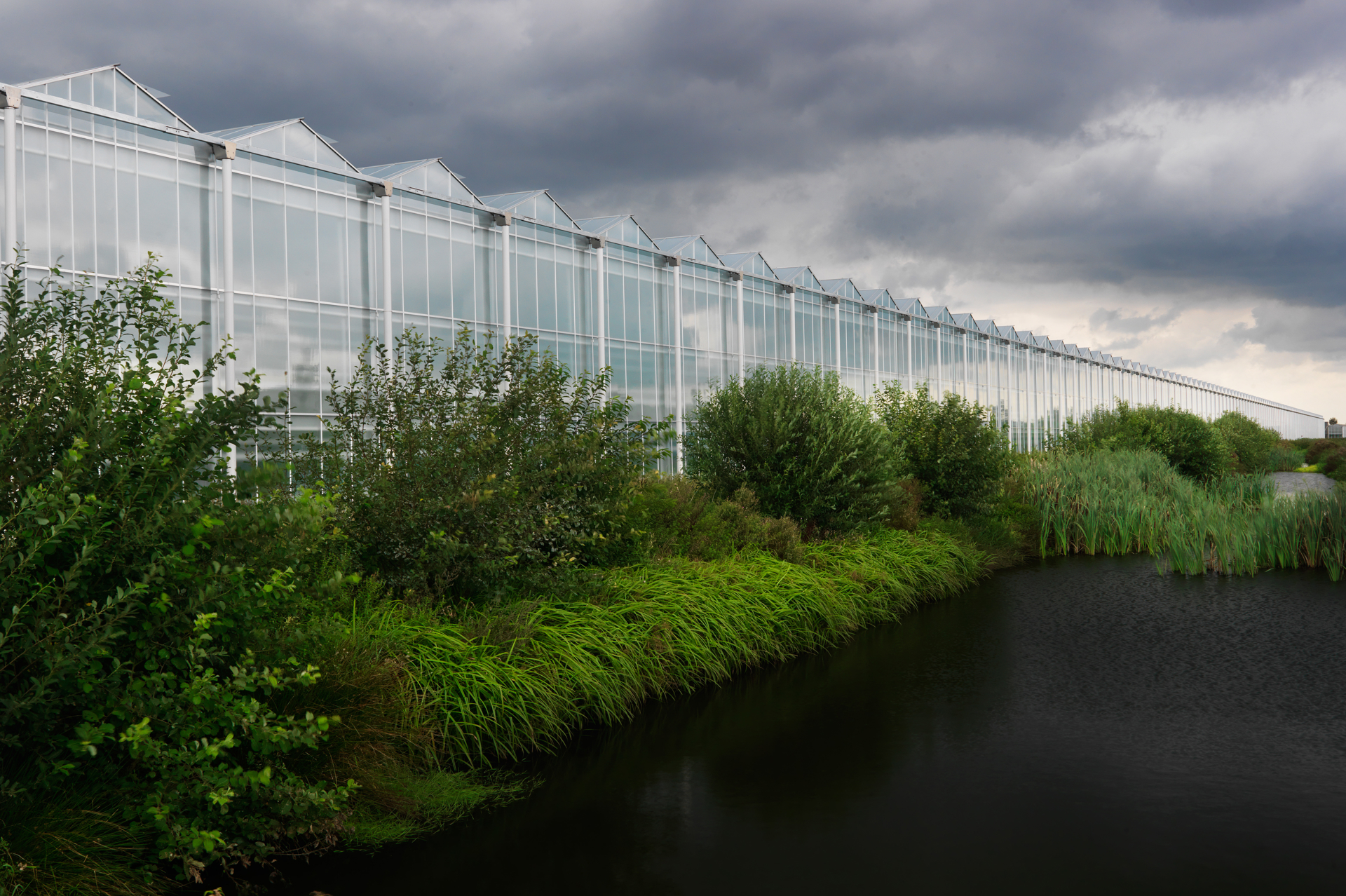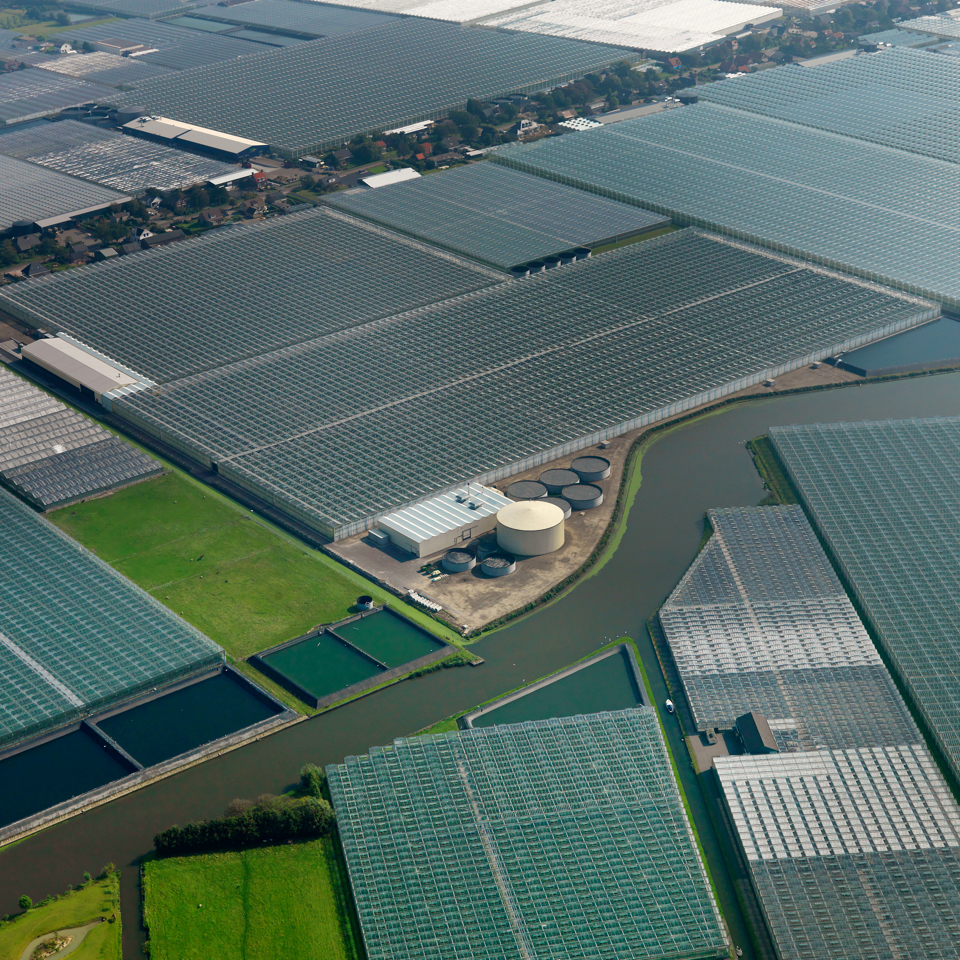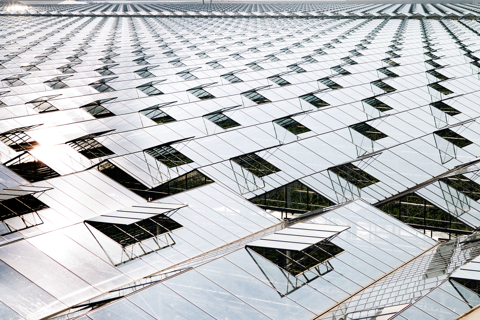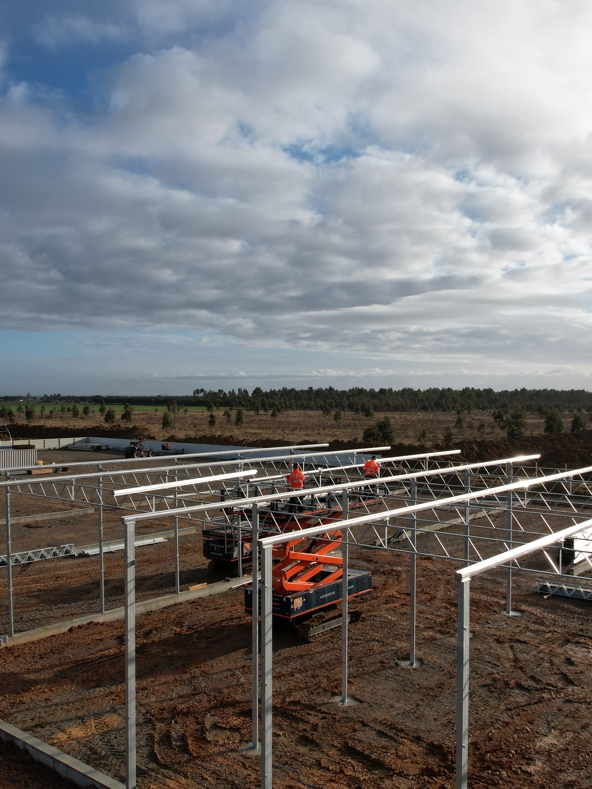For the pre-treatment of greenhouse irrigation water, there are four characteristics of the source water that must be controlled, each with their own specially developed purification methods. In practice, technology serves more purposes and complements or complements each other when pre-treating irrigation water. The four pre-treatment control points are: PH control, micro-organisms, particles and water hardness.
PH-control for irrigation water
Controlling the PH of the incoming water is very important to prevent algae, pathogens, etc. This is especially necessary when water is stored in a tank or basin before entering the greenhouse irrigation system. The PH pre-check is done in a shunt system, where the water circulates continuously and acid or lye is dosed to the water to ensure a stable PH level.
Removing Micro-Organisms before irrigation
Microorganisms are certainly undesirable for harmless and consistent irrigation water. To deal with microorganisms in incoming water, there are two options. The first is UV treatment. Water is pressurized and comes into direct contact with UV light, which kills the microorganisms. UV disinfection systems, whether high-pressure UV or medium-pressure UV units, are a proven technology that serves its purpose.
The second option to remove microorganisms from irrigation water is Ultra-Filtration, our preferred system. Unlike UV systems that kill microorganisms, ultrafiltration in the pre-treatment of irrigation water removes them completely. The advantage of this is that no 'residues' of micro-organisms are left behind that can serve as food for new, living organisms. Another advantage is the operational and maintenance costs, because UV systems have high energy consumption and UV lamps are expensive.
Making irrigation water free of particles and sediments
Particles and sediments can be filtered out. The most commonly used technology for this is a Paper-Belt Filter. The paper belt filter is a simple, maintenance-free filter without backwashing water. Three types of belt filters are used in greenhouses: flat bed, deep bed and hydrostatic filters. The type is chosen based on the application, capacity and degree of contamination. The filter paper chosen determines the particle size that the belt filter will remove.
Water softener as irrigation water pre-treatment
A water softener is used to reduce the calcium content. On turnkey projects we install these before filling tanks and systems, because water hardness can have a direct influence on the lifespan of pumps, pipes and valves. Also for irrigation purposes, depending on the water source conditions, a water softener can prevent problems in the long term and make fertilization more efficient.
Pre-treatment with Reverse Osmosis (RO)
The most rigorous pre-treatment method for incoming irrigation water is Reverse Osmosis. This removes all micro-organisms, particles and minerals from irrigation water. It also removes good minerals, making fertilisation a more precise, but costly endeavour.




